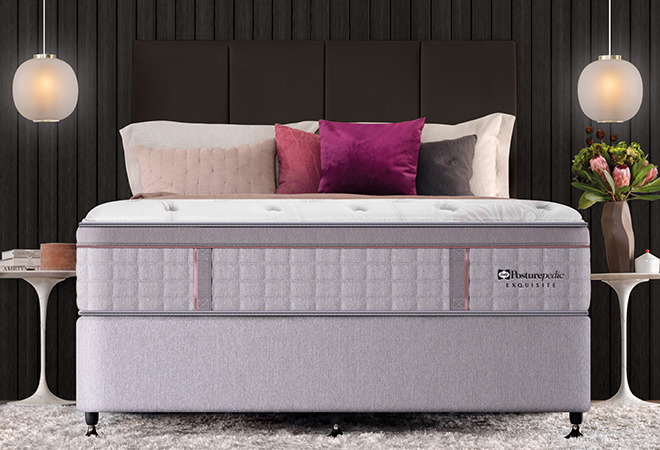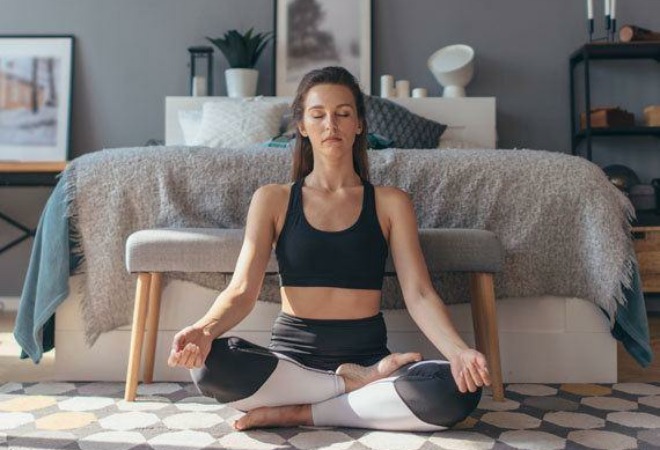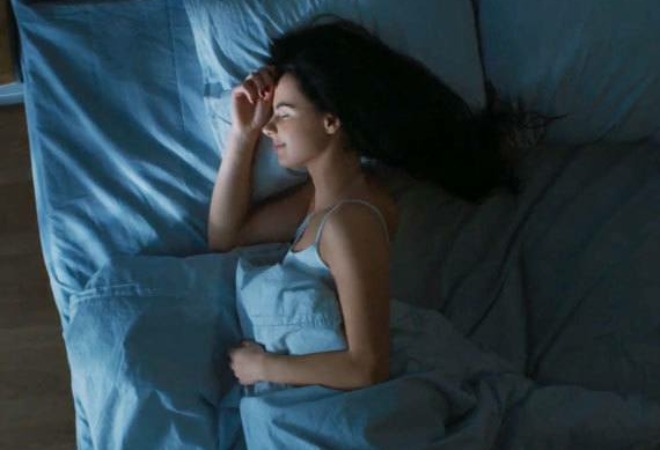A good night’s sleep is essential for your health and well-being. However, for those who experience back pain, this can sometimes affect the quality of your sleep. There are some simple steps that you can introduce when going to bed to help support a better night’s sleep.
Manage your back pain
Sleep and back pain: expert tips
We spoke with Chiropractor, Dr Craig Buscomb from Elevate Chiropractic, to get his expert opinion on how to reduce back pain and improve the quality of your sleep. Dr Buscomb shares some of the advice he gives to his patients who experience back pain, including the importance of having a good mattress, the best sleeping positions for back pain sufferers, and relaxation techniques to try before bed.
Firstly, and most importantly, Dr Buscomb advises on the importance of knowing when to seek professional advice for back pain.
“If you have a back problem that is not changing after a few days, or if you have tried a few of the approaches described here and there is no change, then you should seek medical advice.”
“It might be that your problem is new, different or has recently worsened. You could have a radiating pain, or perhaps you’ve experiencing numbness or tingling? Or, you might even be waking up at night due to the pain? If you’re experiencing any of these situations, it’s a good idea to see a medical professional. Of course, if you are not sure whether the problem you have is normal or not, always err on the side of caution and get it assessed – it’s better to be safe than sorry.”
Manage your back pain
What is the best mattress for back care?
“A high-quality mattress is one of the vital components for a good night’s sleep”, confirms Dr Buscomb.
“A mattress needs to be comfortable enough so that you can sleep, but also firm enough so it provides the appropriate amount of support, so that your spine can stay in a neutral position. The position of the spine is important as it ensures your weight is well distributed, regardless of your sleeping position. Different parts of our bodies vary in size and therefore exert different pressures on your mattress, so a good quality mattress will help to stabilise your spine.”
If your mattress is old, or if you are waking up with a sore back, then it may be time to consider investing in a new one? You can try the Sealy Bed Selector to help find the best mattress to support your spine and lower back.
“Choosing a mattress that’s right for you will help improve your sleep. The most important thing is to try the mattresses in the store before purchasing – it’s worthwhile lying on the bed in your preferred sleeping position for at least ten minutes to get an idea of how it feels. Why not try taking your pillow along too? Use your pillow while you’re lying on the bed to make sure the combination works well. A little time spent finding the best mattress for you is well worth the effort in the long run.”
If you need more information, you might like to read through the Sealy mattress buying guide.
Manage your back pain
What are the best sleeping positions for back pain?
Dr Buscomb advises that there are three main sleeping positions: side sleeping, back sleeping, front sleeping (you could aso probably add in a fourth position which is some strange combination of the first three!). It is important to consider your sleeping style, as sleeping in the wrong position can affect your back and cause further discomfort; it’s important to sleep in the best position to support your back.
FRONT SLEEPING
“Front sleeping can worsen back pain and there are three main reasons for this. Firstly, you need to have your head turned to the side to breathe, which can put stress through the neck and upper back. Secondly, it can limit your breathing to some degree. Typically, when we breathe, our ribcage goes up and out. If we are lying on our stomach, the natural ribcage movement is restricted. Thirdly, lying on your stomach can put increased pressure on the joints in your lower back. If you experience back pain that is worse when extending or bending backwards, it could be aggravated when lying on your stomach.”
SIDE SLEEPING
“Side sleeping allows your spine to stay in a neutral position as long as your head is properly supported with an appropriate pillow. This can take a lot of strain away from the back and neck. A simple test for this is to lay on your side with your pillow and ask someone to check if your spine is straight or not.”
SLEEPING ON BACK
“Back sleeping also supports the spine as long as your head is not propped up too high on a pillow (as this can put your neck under strain). If you are predominantly a back sleeper, your pillow should be thinner than side sleepers. People who have back pain worsened by an extension (bending backwards) can also experience increased levels of pain when sleeping on the back as it can make your lower back arch. In turn, the arching can aggravate the pain. It’s quite hard to stop yourself moving around in your sleep but have a go at setting yourself up properly for your ‘preferred’ position and then make slight adjustments as needed.”
Manage your back pain
Five tips for back pain relief
If you experience back pain, here are a few simple tips from Dr Buscomb that might help you to get a better night’s sleep.
SLEEP WITH A PILLOW UNDER YOUR KNEES
“If you are a back sleeper and have lower back pain, lying flat on your back can be uncomfortable. Try to put one or two pillows under your knees as this can help to flatten the lower back and take the pressure off the area.”
SLEEP WITH A PILLOW BETWEEN YOUR KNEES
“If you are a side sleeper and suffer from lower back pain, placing your knees together or placing your top leg in front of your bottom leg can aggravate your lower back. Try placing a pillow between your knees as this removes tension from the hips and pelvis. It can also stop the top leg from dropping over the front which puts pressure on the lower back.”
CUDDLE A PILLOW TO SUPPORT YOUR SHOULDERS
“If you have a sore shoulder, typically you will avoid lying on the painful side and therefore sleep with the sore shoulder on top. When the sore shoulder is on top it can droop forward which can become uncomfortable. A simple technique to minimise this is to cuddle a pillow to help support the top shoulder.”
DON’T PROP YOUR HEAD UP TOO HIGH
“A lot of people like reading in bed. If you’re an in-bed reader you might find yourself laying with your head propped up on a pillow or two. Forcing the head forward like this can aggravate the neck area. A way around this is to make sure you are propping up your upper back as well so that your neck stays in proper alignment with the upper back. This will help minimise the bending of the joints in the neck. You could also lay with a wheat bag – a reusable hot or cold pack meant to treat sore muscles and joints – to help ease the tension in the area.”
USE A HEAT SOURCE BEFORE BED TO RELAX MUSCLES
“Heat is one of the best ways to ease muscular tension and discomfort. Using a heat source, like a wheat bag on a sore area before bed can help you to get a good night’s sleep. When using heat, apply it for 20 minutes at a time. If you want to re-apply the heat, wait until the area has returned to normal temperature before re-applying. This will be more effective than leaving it on for a longer period of time.”
Simply answer a few quick questions and we’ll recommend the best mattress for your sleep profile. We can also send you a customised report, which you can take into a local Sealy stockist so you can experience your recommended bed.




